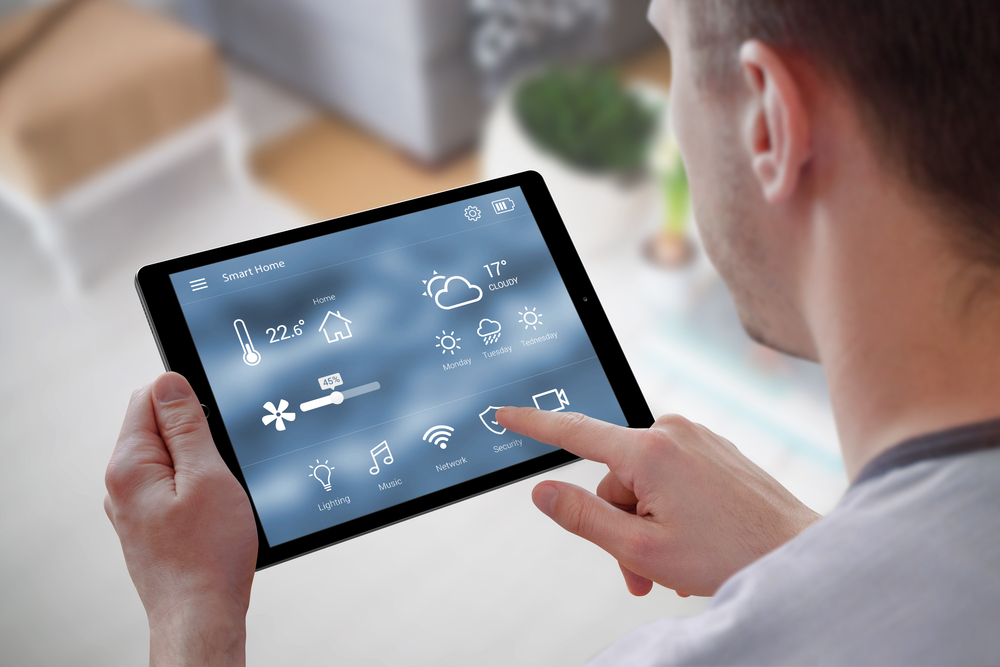We have recently discovered very simple but unique kms activator for free Microsoft Office activation proccess. Enjoy ability to activate probably all versions of Microsoft Office absolutely free of charge.
Users need a way to view and understand the data captured by IoT. That’s where the user interface comes in. In the simplest terms, a user interface (UI for short) is the means by which a user and a computer system interact. Many think of UIs as just software or apps on phones and computers, but a user interface could be anything from a smartwatch to voice-controlled Amazon Echo to the buttons on a smart tractor dashboard.

User interfaces are constantly evolving, with entirely new interfaces made possible by technology. In 2005, Blackberries were cutting edge technology. Now, we have voice assistant interfaces entering our homes with Google Home and Amazon Alexa. Technological change will continue to enable new ways of interacting with objects and IoT systems, but each of these ways will still be a user interface.
User experience
It is all aspects of the end-user’s interaction with the company, its services, and its products.
It’s the user’s journey from the moment they make an account, to use the app/platform, and then get notification…
Although this may seem like an easy question to answer, the implications are often more complex than you might realize. This is because you not only need to identify who the different users are, but then you need to determine how each user can and should be able to interact with your IoT solution.
Alerts & Notifications
Although alerts and notifications aren’t necessarily a part of your UI (since the user might be getting an alert outside of your UI, like in a text or email), they are still a crucial part of the overall user experience. When do users get alerts (One minute after a trigger event? One hour? Can the user configure this themselves?) How do users get alerts (email, text, push notification, phone call)? What happens if a user doesn’t react to an alert in a certain period of time?
© Copyright 2024 | Online Dimensions